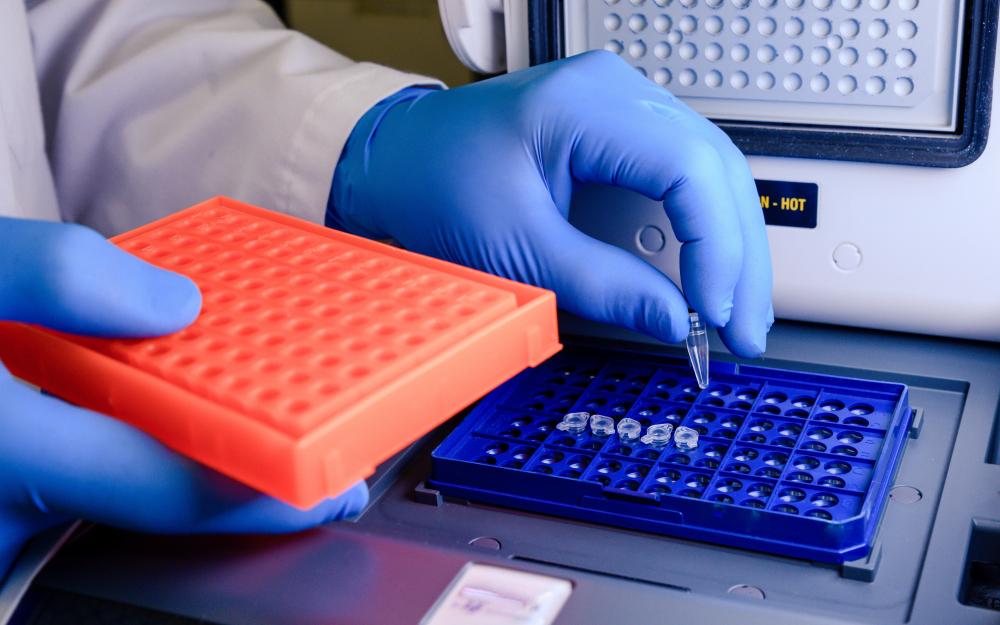In the intricate ballet of biological processes, enzymes play pivotal roles, catalyzing reactions that would otherwise proceed at imperceptible rates. Among these, the hyaluronidase enzyme stands out for its unique capabilities and applications. This enzyme, often hailed as the “spreading factor,” has garnered attention in medical science, cosmetic dermatology, and even cancer treatment research. But what exactly is the hyaluronidase enzyme, and what makes it so effective?
The Basics of Hyaluronidase Enzyme
Hyaluronidase is a family of enzymes that catalyze the degradation of hyaluronic acid (HA), a major component of the extracellular matrix in connective tissues. By breaking down HA, hyaluronidase enzymes facilitate the diffusion of fluids and substances across tissue barriers, making it a critical player in various physiological and pathological processes.
Key Functions and Mechanisms
- Tissue Permeability: Hyaluronidase increases tissue permeability, enabling the efficient absorption and dispersion of injected drugs, fluids, and other substances.
- Fertility Enhancement: The enzyme plays a role in fertilization by modifying the extracellular matrix around the ovum, facilitating sperm penetration.
- Cancer Research: Researchers are exploring the role of hyaluronidase in promoting tumor invasiveness and metastasis, shedding light on potential therapeutic targets.
Why Hyaluronidase Enzyme Is So Effective
The effectiveness of the hyaluronidase enzyme can be attributed to several factors:
1. Substrate Specificity
Hyaluronidase exhibits a high specificity for hyaluronic acid, a glycosaminoglycan found abundantly in connective tissues. This specificity ensures that the enzyme efficiently targets and degrades HA without affecting other components of the extracellular matrix, maintaining the integrity of surrounding tissues.
2. Catalytic Efficiency
As with all enzymes, hyaluronidase accelerates the breakdown of its substrate, HA, by lowering the activation energy required for the reaction. This catalytic efficiency means that even low concentrations of hyaluronidase can have significant biological effects, making it a potent tool in medical and cosmetic applications.
3. Versatility Across Physiological pH
Hyaluronidase retains its activity across a range of physiological pH levels, ensuring its effectiveness in various tissue environments. This versatility is crucial for its role in spreading substances through different tissues and organs.
4. Synergy with Other Enzymes and Processes
In many biological processes, hyaluronidase works synergistically with other enzymes and molecules. For example, in wound healing, hyaluronidase’s action on HA facilitates the migration of immune cells to the injury site, promoting repair and regeneration.
Applications of Hyaluronidase Enzyme
The unique properties of hyaluronidase have led to its widespread use in several fields:
Medical Use
- Drug Delivery: Hyaluronidase is used to enhance the efficacy of drug absorption, particularly in subcutaneous and intramuscular injections.
- Ophthalmic Surgery: The enzyme facilitates the removal of the vitreous humour during vitrectomy procedures.
- Hyaluronidase as an Antidote: It can also reverse the effects of hyaluronic acid-based fillers, offering a safety measure in cosmetic procedures.
Cosmetic Dermatology
In cosmetic dermatology, hyaluronidase is employed to manage complications from dermal fillers, improving patient outcomes and satisfaction.
Cancer Treatment Research
The exploration of hyaluronidase’s role in tumor progression has opened new avenues for cancer treatment, targeting the enzyme to inhibit tumor spread and improve the delivery of anticancer drugs.
Conclusion
The hyaluronidase enzyme’s effectiveness lies in its substrate specificity, catalytic efficiency, adaptability across physiological conditions, and synergistic interactions with biological processes. These attributes make hyaluronidase a versatile and powerful tool in medical, cosmetic, and research applications. As our understanding of this enzyme continues to evolve, so too will its potential to contribute to advancements in health and science, underscoring the significance of the hyaluronidase enzyme in both nature and technology.



